The volumes and value of the retail bacon market have continued to decline gently despite another year of generous volume promotions.
And without so much as a chink of light at the end of the tunnel for British pig producers, everyone is looking for a way out of the continuing crisis gripping the entire EU industry.
There are many who believe our national dish should be bacon and eggs, not roast beef. After all, it is so quick and easy to prepare, it's a truly fast food.
It is a message being hammered home as plans for Farmhouse Breakfast Week next January take shape.
With bacon centre stage, the event is being backed by The Home Grown Cereals Authority, MLC, and Food from Britain. Meanwhile, the egg industry has put funding into generic advertising and the dairy sector is about to do so.
Reviving a traditional meal occasion for bacon in defiance of the time pressed eating on the hoof society has the advantage that it needs little explaining or selling.
The event will also offer many regional marketing opportunities, as the accompanying recipe booklet makes abundantly clear.
This autumn the bacon market recorded a 4% decline in value to £725m with a corresponding 1% drop in volume to 156,000t [TN Sofres 52 weeks to September '99]. Its household penetration has also declined 4% to just under 57% [TN Sofres 52 weeks to August '99]. Rasher volumes form nearly 71% of the market and have lost some ground to bacon joints and steaks, which now account for 18.8% and 9.5.% respectively of the tonnages of bacon sold.
Despite the declining rasher values and volumes sold, back bacon has dropped by less than 1% in either value or volume over the past year [TN Sofres 52 weeks to October '99], and prepack still accounts for over 70% of the volume sold. Prepacked back actually accounts a growing share of the sector, having recorded a 2% rise in its volume share over the year.
In round figures, rashers are worth £536m a year, split between prepack at £536m and loose at £120m. Joints are valued at £107m, while the combined value of chops and steaks is £81.5m.
Over the last three years, the 52 week average price of bacon in any form has dropped: rashers from £5.12/kg to £4.92/kg; chops £7.53/kg to £6.79/kg and joints from £3.92/kg to £3.64/kg [TN Sofres 52 weeks to October '99].
According to cumulative Taylor Nelson Sofres figures, the average prices per kilo of rashers have risen steadily since April this year, when the 12 week average of the total rasher market hit a low of just under £4.70/kg, rising to £5.33/kg.
The 12 week average for prepacked rashers has kept in step, with recorded 12 week averages around 50p/kg higher. Prepacked back rashers, however, have risen more steeply since the 12 week average low point of £5.32/kg in April to a 12 week average of nearly £6.40/kg in October.
Looking forwards as well as backwards is essential at this juncture. The bacon market is inseparable from the fortunes of the European pig industry, which has been haemorrhaging money for nearly two years.
After five quarters with a strong pound, there is still no margin to be had from exporting forends or light legs to the Continent, where the market has been as flat, if not flatter, than in the UK.
The European pig market is finally beginning to find a better balance, though. The steadfast refusal of the European Commission to come to the rescue because it has had no budget to do so has had a sobering effect on the EU industry.
Breeding animal numbers in the EU as a whole have, since mid 1999, shown their first serious decline since the beginning of the surge in output that started in mid 1997.
As a result, Eurostat is predicting first quarter 2000 declines in deliveries of pigs to the market in Italy, Portugal, Sweden and the UK, with the biggest reductions being anticipated in the UK (down 11.7%) and Sweden (down 7.2%).
Production is, however, expected to continue to rise in France and Austria in the first two quarters of 2000, compared with the same periods of 1998, but to decline from the third quarter of next year onwards.
In the UK, where 3.2% annual growth is predicted, output is not expected to stabilise until 2004.
The current low prices and plentiful supplies can be expected to help pigmeat consumption.
In the medium and long term, though, the European Commission expects it to continue to grow modestly, by around 0.5% per year, until the middle of the next decade, given the already high consumption levels.
The problem in the UK is not consumption but balance. The curers are fighting with the fresh pork buyer and the foodservice sector for supplies of British backs to cure.
While slicers have consistently paid more for British bacon over the last year, there is no sign this is attracting any increase in the supplies of suitable raw material into the curers.
Nor, as slicers are sometimes heard to grumble, are they able to recover the increment from some of their retail customers.
Declining kill rates have also tightened raw material supplies in the wake of last year's extraordinary high levels. But the fresh pork market exerts a strong pull on the available supplies.
What last year's high UK kill rates did show, however, is that even when there are lots of cheap pigs going into the slaughterhouses, the British pigmeat industry has too few home buyers for the forends and, to a lesser degree, the legs.
This makes it hard for slaughterers to balance the carcase without exporting large quantities of cheap meat for manufacturing.
Last year, when in theory there should have been more middles availabe to cure, the UK was a net exporter of 80,000 tonnes of pigmeat much of it manufacturing grades.
"What the last 12 months have brought home to us is that more often than not, with the exchange rates as high as they are, it isn't commercially viable to do that," says Malton Foods md Max Hilliard.
"So I think it has to change. It's not so much about exporting from a carcase, but what we as an industry have to do is add value in carcase balance.
"Exporting a shoulder isn't sufficient to balance a carcase. What we actually have to do is add value to the bits of the carcase that we're not already selling on the home market.
"It is no longer good enough to send material to Japan in bellies or shoulders to Russia, because the exchange rates mean we get less for them.
"What we've got to do is add value to balance the carcase.
"Effectively through process and product development, we've got to find places where we can add value to bellies and shoulders, so that we can talk with the same degree of confidence across the pig as we do about added value products such as gammon joints or loins."
The opportunity to add value across the carcase has not been missed by Graham Roach, who this year extended his bacon slicing and cooked meat manufacturing business by developing a £42m project on a 25 acre site at Bodmin.
Recognising that raw bacon is a mature market, he has built a cooked bacon facility. Initially intended for the sandwich, prepared meal and fast food markets, Roach has also been working with major multiples to develop new cooked bacon products for the UK.
In the same way that few people now have the time nor inclination to boil their own ham, the company believes more and more people will choose to buy their bacon ready-cooked.
At the same time, there are good export opportunities for this product range in European markets.
The retail home market that Roach and his competitors are selling to is four fifths in the multiples and largely own label to boot. The rasher market dominates the business, accounting for 70% of retail bacon sales.
This, however, is a declining sector, both in volume and value, despite heavy buy one get one free promotions throughout the year across the entire retail sector.
If there is a hopeful sign to be drawn from the market trends, it is that there is a growing interest in bacon joints as potential meal centres.
If bacon remains a commodity zone, then the decline will continue.
As Hilliard says: "If we look at the pork counter particularly, as an industry we really haven't done anything in terms of developing value added products in the way the poultry industry has."
But if bacon expertise is allied with basting and marinading processes, there is a an opportunity to add value and make money.
{{FOCUS SPECIALS }}
Close menu
- Home
- Retail & Wholesale
-
Products & Suppliers
- Back to parent navigation item
- Products & Suppliers
-
Product Categories:
- Back to parent navigation item
- Product Categories:
- Alcoholic drinks
- Bakery
- Cereals & breakfast
- Cheese
- Chicken & poultry
- Chocolate
- Confectionery
- Crisps, nuts & snacks
- Dairy
- Fish
- Fresh produce
- Frozen
- Household
- Meat
- Own Label
- Sauces & condiments
- Seasonal
- Soft drinks
- Vaping
- Vegan & plant-based
- World foods
- Suppliers
- People
- Reports & Data
-
Topics A-Z
- Back to parent navigation item
- Topics A-Z
-
Popular topics:
- Back to parent navigation item
- Popular topics:
- Cost of living crisis
- Crime
- Deposit Return Schemes
- Finance
- Government & Regulation
- Health
- Inflation
- Loyalty
- Marketing
- Mergers & Acquisitions
- New Product Development
- Sourcing
- Supply chain
- Sustainability & environment
- Technology
- Ultra Processed Foods
- Vaping
- A-Z all topics
- Content by type:
- Events
- Subscribe now
Sign in to comment on this article
Not logged in before? Register for FREE guest access today.
You will be able to:
- Read more stories
- Receive daily newsletters
- Comment on stories
Advert



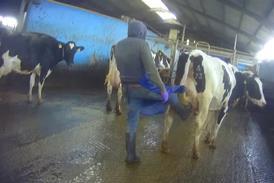





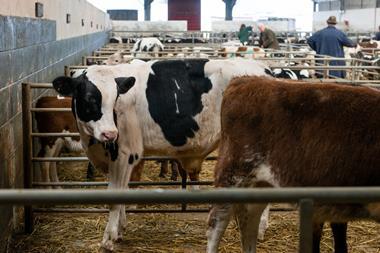


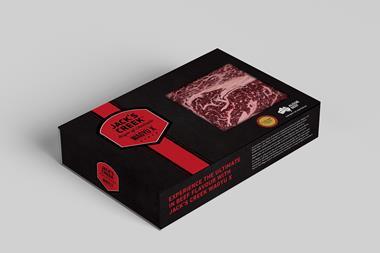


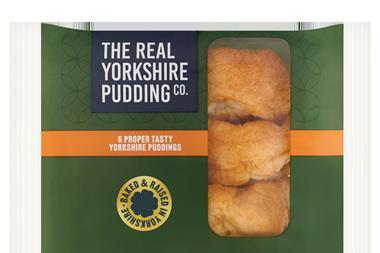
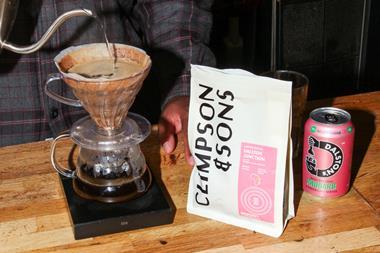


No comments yet